What Is a Target Audience? Everything You Need to Know
Are you looking for a simple target audience definition? Are you wondering how to find and reach your target audience? If these questions are on your mind, then you’re in the right place.
Finding your target audience and successfully marketing your products and services to them is the key to increasing revenue and growing your business. Without understanding their needs and interests, your marketing campaigns might fail to attract potential customers.
So, how can you develop effective marketing strategies?
By finding and understanding your target audience, of course! This article will answer the question, “what is a target audience” and discuss how you can identify and reach the right consumers to drive more revenue for your business.
Do you want to learn even more about target audiences and other digital marketing strategies that will boost the success of your business? Then sign up for our newsletter Revenue Weekly to get the latest digital marketing strategies, tips, and tricks sent straight to your inbox!
For even more digital marketing advice, sign up for the email that more than 190,000 other marketers trust: 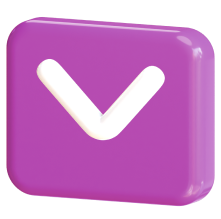
Revenue Weekly!
Sign up Today!
What is a target audience?
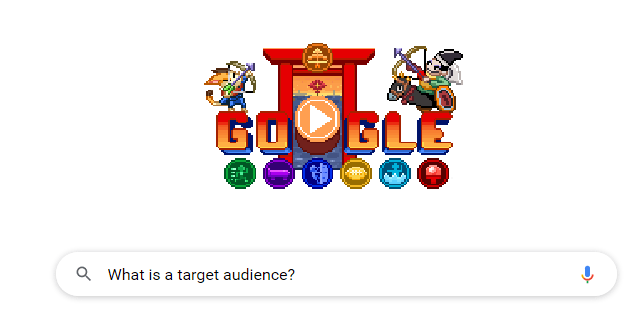
So, what does target audience mean?
The simplest target audience definition is that a target audience refers to your potential clients or the consumers most likely to be interested in and purchase your products and services.
These are the people you should market your products and services to because they’re most likely to become clients.
Target audiences are the key to developing personalized campaigns and marketing messages that will resonate with consumers and entice them to purchase your products and services.
You can distinguish target audiences by several characteristics such as:
- Demographics
- Interests
- Hobbies
- Buying decisions
Now that you know the answer to “what is a target audience,” let’s take a deeper dive into target audiences by exploring the different types and some examples to fully understand how you can use target audiences to strengthen your marketing campaigns.
Target audience types
Now that you know the answer to the questions “what is a target audience?” and “what does target audience mean?” let’s dive into some different types of target audiences.
There are several ways you can distinguish target audiences.
When creating your marketing campaigns, you may want to target specific consumers depending on the product or service. This process of breaking down your target audience into different categories based on their interests or demographics is called customer segmentation.
You can use just one or multiple types of target audiences to create effective campaigns. Let’s take a look at a few target audience types and categories you may want to use to distinguish your target audience further:
1. Demographic
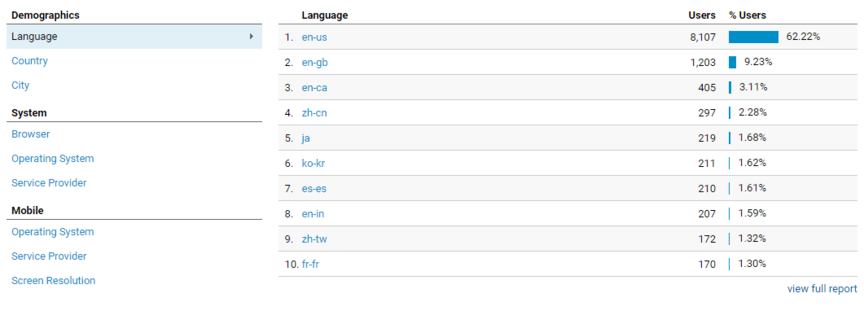
One way you can categorize your target audience is by using demographic data. This type of target audience uses demographic data such as age, location, gender, income, and education to categorize potential consumers.
With demographic data, you could target your marketing campaigns towards young women between the ages of 18-24, men and women around your local community, or families with an income above $50,000.
2. Psychographic
You can further categorize your target audience by psychographic data. This type of data can include distinguishing your audience by their opinions, hobbies, and passions. You can look at their favorite movies and books, music, or hobbies such as dancing or running.
By understanding your consumer’s interests, you can develop personalized marketing messages that speak to their hobbies and passions.
When consumers view an advertisement about something they are personally interested in or that evokes some type of emotion, they will be more likely to click and potentially make a purchase.
In fact, 77% of consumers choose, recommend, or pay more for brands that provide a personalized experience.
3. Purchase Intent
Categorizing a target audience by their purchase intent is incredibly useful for businesses to target consumers looking to purchase a specific type of product. By using this type of target audience, you can show off the value of your products and services to consumers looking for the products you sell.
Why is identifying your target audience important?
Identifying your target audience and understanding their interests is one of the most crucial aspects of your marketing strategy.
Here are a few significant benefits of identifying your target audience:
- Improve ROI: Knowing your target audience can help you create successful marketing campaigns and strategies that will drive results for your business. As a result, you will spend less money on the strategies that don’t work, increasing your overall return on investment (ROI) from your marketing campaigns.
- Create personalized marketing messages: Consumers are more likely to click on advertisements that resonate with their interests and concerns. By identifying and understanding your target audience, you can create personalized marketing messages that attract more potential customers.
- Increase sales and revenue: Identifying your target audience enables you to successfully promote your products and services to the right customers interested in your brand. As a result, your business will enjoy a boost in sales and revenue.
Knowing your target audience will allow you to promote your products and services to the consumers who matter the most and is the best way to boost the success of your business.
How to find your target audience
So now that you know more about the importance of identifying target audiences, let’s discuss how you can find your target audience and increase sales and revenue for your business:
1. Look at your existing customer base
If you’re unsure how to identify your target audience, you can look at your existing customers. Looking into who already purchases your products and services can give you valuable insight into the types of consumers you should be targeting with your marketing campaigns.
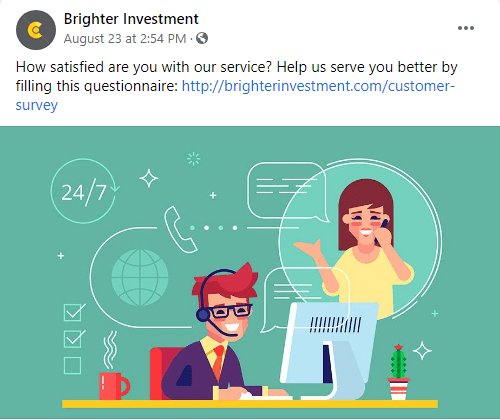
You can take a look at things like their age, location, and their interests.
One of the best ways to evaluate your existing customers is to conduct surveys and add a few questions about your customer’s demographics or interests. After purchasing a product, you can ask customers for feedback or conduct surveys on social media platforms to learn more about your current customers.
You’ll gain some valuable feedback about your products and your user experience.
2. Put yourself in your customer’s shoes
Sometimes, an excellent way to find your target audience is to put yourself into your customer’s shoes to understand their perspective. To successfully promote your brand to consumers, you’ll want to understand their problems and concerns, pain points, and wants and needs.
Think about your products and the benefits they can provide to consumers. Ask yourself:
- What problem is this product solving?
- Who would be interested in this product?
- Who could benefit the most from this product?
- What concern is this product solving?
Use your answers to these questions to help you find your target audience and identify the consumers who would have the most interest in purchasing your products and services.
3. Scope out the competition
It’s always good practice to continuously keep tabs on your competitors.
You can also scope out the competition to help you find your target audience. By researching who your competitors are promoting their products to and how they go about it, you can identify the types of consumers you should be targeting.
As a bonus, you can find opportunities for how your business can fill in the gaps.
If your competitors are missing out on targeting a specific group, you can develop marketing strategies for those consumers to stay one step ahead. You might also identify opportunities to further develop your digital marketing campaigns to outshine the competition.
4. Analyze consumer data and behavior
Consumer data platforms and tracking tools are handy for helping you learn more about your customers and learn which types of consumers are spending the most time on your website and making purchases.
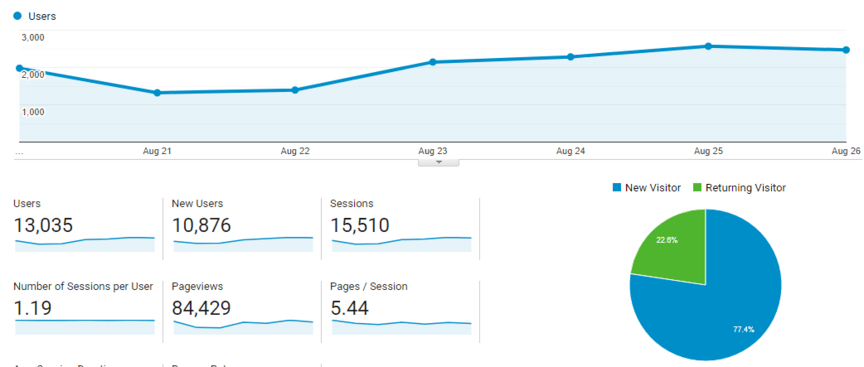
With tools like Google Analytics, you can view information about your audience, such as demographic data, which content is the most popular, and which pages they spent the most time on.
This data can help you evaluate the types of consumers who are interacting with your brand the most and better understand the content that resonates with them so that you can learn more about their interests.
With all-in-one marketing software like MarketingCloudFX, you can track consumer data and behavior, as well as view which marketing campaigns are driving results for your business, how leads arrive on your site, and more.
Essentially, you can identify your target audience and track your marketing strategies in one place.
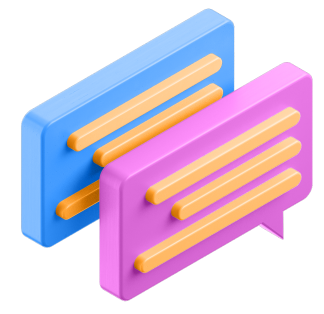
See what makes us stand out
Find and reach your target audience with WebFX
Identifying your target audience is essential to develop successful marketing strategies that will promote your products and services to the consumers who are most likely to make a purchase. That’s where WebFX comes in.
Our award-winning team has over 25 years and 1.6 million hours of experience helping our clients find and reach their target audience with effective marketing campaigns that drive revenue for their business. If that’s not convincing enough, check out our reviews and testimonials to learn more about what makes WebFX stand out.
Are you ready to find and reach your target audience? Speak with one of our expert strategists by calling 888-601-5359 or contact us online to start driving revenue for your business.

